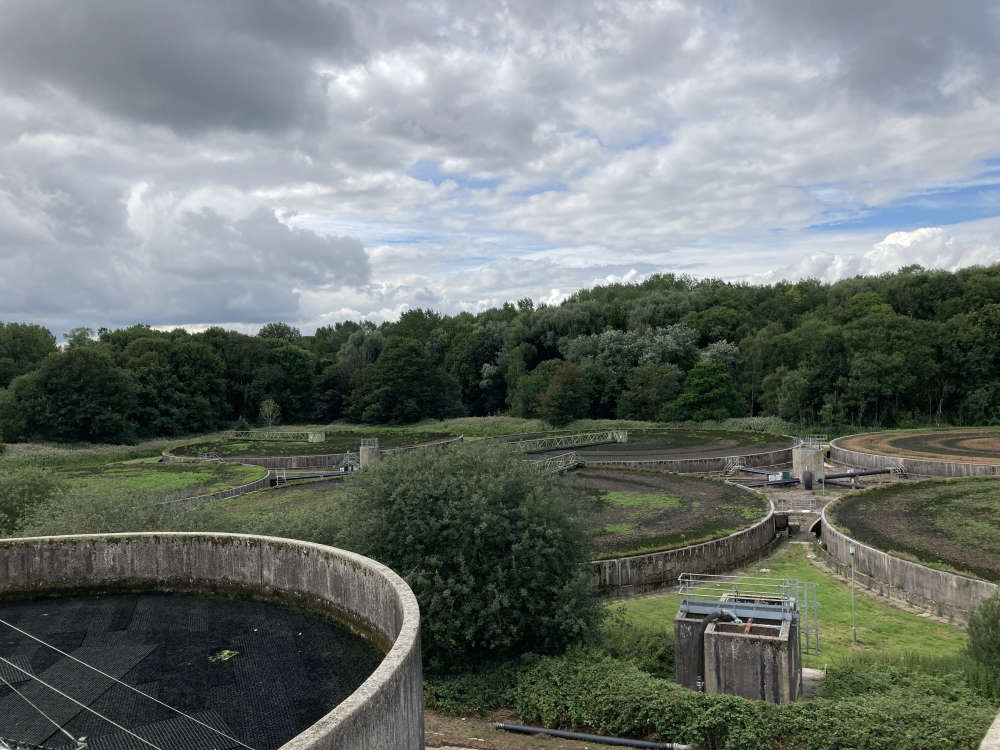
False teeth, wedding rings, dead animals and a hell of a lot of wet wipes – these are just some of the bizarre discoveries made in our sewage works.
When we take a trip to the bathroom, once the toilet is flushed and hands are washed – if you follow good hygiene practice – what goes down the drains is out of sight and out of mind. But for those at our sewage works across Greater Manchester, what gets flushed is very much in sight and in mind.
To learn more about what goes on with our waste, the Local Democracy Reporting Service took a tour of the Dukinfield wastewater treatment works – operated by United Utilities.
In the industrial area of Dukinfield, straddling the River Tame, sits the sewage works that looks after the local areas waste water from toilets, sinks and road drains.
Donning a hard hat, goggles, gloves and a stylish fluorescent jacket, it was time to go out to see the facility following a standard health and safety briefing.
Walking past a plethora of circular treatment tanks, there was only a faint whiff in the air – not too bad considering the environment.
The smell would be best described as that of an aroma given off by a dried up bog you stroll past on a hot summer’s day.
The first stop on the tour was the screening chamber, arguably the most exciting section, where large objects that could block up the system are pulled from the disconcertingly brown liquid flowing through.
Wet wipes, condoms and sanitary products are the usual culprits intercepted by what is effectively a giant sieve.
The debris is gathered up and dumped into a skip around the corner. It was at this point when technical officer Alex Power, our tour guide for the day, stressed the importance of ‘the three Ps’ – pee, poo and paper.
The three Ps are the only thing that we should be chucking down the toilet – anything else can make life difficult for the sewage workers.
Alex told us of some of the odder discoveries extracted by the big sieve.
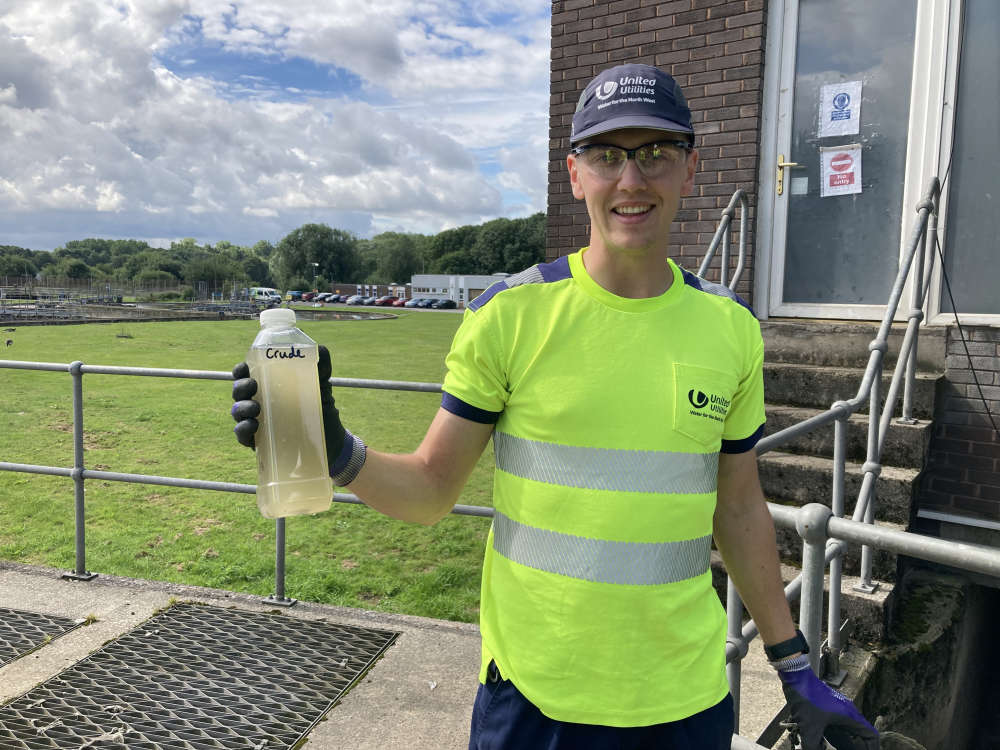
Alex Power, technical officer at United Utilities. Credit: LDRS
“We’ve seen everything from dead animals to shopping trolleys and fire extinguishers,” he said. “We’ve had money on some occasions.
“We’ve even had wedding rings, anything that you could drop down a toilet we’ve had it here. We’ve had someone getting in touch about a wedding ring before but I believe we managed to find it.
“In years gone by there was someone that rang up asking about their false teeth and they came down, picked them up and actually put them back in to use them again.
“You find all sorts of weird and wonderful stuff coming through, we don’t often go rooting through it though.
“We have had reports that one of our pumping stations did have reports they thought they found body parts, but fortunately they didn’t.”
After scooping up some of the raw sewage as a sample, Alex took us through the maze of treatment chambers across the massive site that can handle up to 125 million liters of waste water per day.
This pales in comparison to their Davyhulme site that sits under the Barton High Level Bridge next to the Trafford Centre – which was once the largest sewage facility in Europe.
There are several further stages of treatment the sewage goes through, Alex explained. Once the screening process is finished, the wastewater then goes to the sedimentation tanks where solids settle to the bottom and later removed.
The secondary treatment involves the biological processes, with natural bacteria used to break down organic matter in the wastewater.
The final treatment stage sees further filtration and disinfection using UV light or chemicals such as chlorine, before being released back into the River Tame, on this site in particular.
The whistle stop tour ended with Alex standing over the treated wastewater gushing back into the River Tame. He was proudly holding two sample bottles from before and after the wastewater treatment process – one light brown and the other crystal clear.
Just a few minutes earlier he gathered another sample bottle, collected the final treated water – which is still not drinkable even if you wanted to.

Mark Sewell, wastewater catchment manager for Greater Manchester at United Utilities. Credit: LDRS
Mark Sewell, wastewater catchment manager for Greater Manchester at United Utilities, added: “After it goes through the treatment process, the wastewater is discharged into the River Tame. It’s part of the water cycle.
“One of the key challenges we face is things that shouldn’t be flushed down the toilet. So non-flushable products, particularly wet wipes, are one of the biggest causes of pollution incidents and blockages in the network.
“We’ve seen fatbergs that develop when people pour cooking oils and fats down the drains and they merge with wet wipes. They can damage pumps and the treatment process as well.
“One of the key messages we want to share with communities is what not to flush. Pee, poo and paper are the only things that should be going down the toilet – the three Ps.”
United Utilities are now looking to try and get rainwater that comes off the road out of their process, as that takes up the majority of their storage capacity.
Mark explained that you can only build so much storage, so when there are floods and huge deluges of rain – their system will inevitably overflow.
An overflow means untreated sewage gets into the waterways. This is what United Utilities are trying to avoid as it means more polluted rivers, for which they receive heavy criticism.
According to Mark, the solution to helping reduce the amount of water they take on is to increase greenery and vegetation in areas of high water levels and to divert water away from the drains through water management plans.
United Utilities recently committed £215m to improving all their wastewater works in Tameside, which includes Dukinfield, Ashton and Hyde facilities. All three will receive new technology to ensure treated wastewater goes back into the borough’s waterways with reduced phosphorus and ammonia levels.
The water management company hopes the upgrades will reduce the number of times the 20 storm overflows are used.
The wastewater scheme is set to roll out over the next five years, with the first project set to start later in 2025.
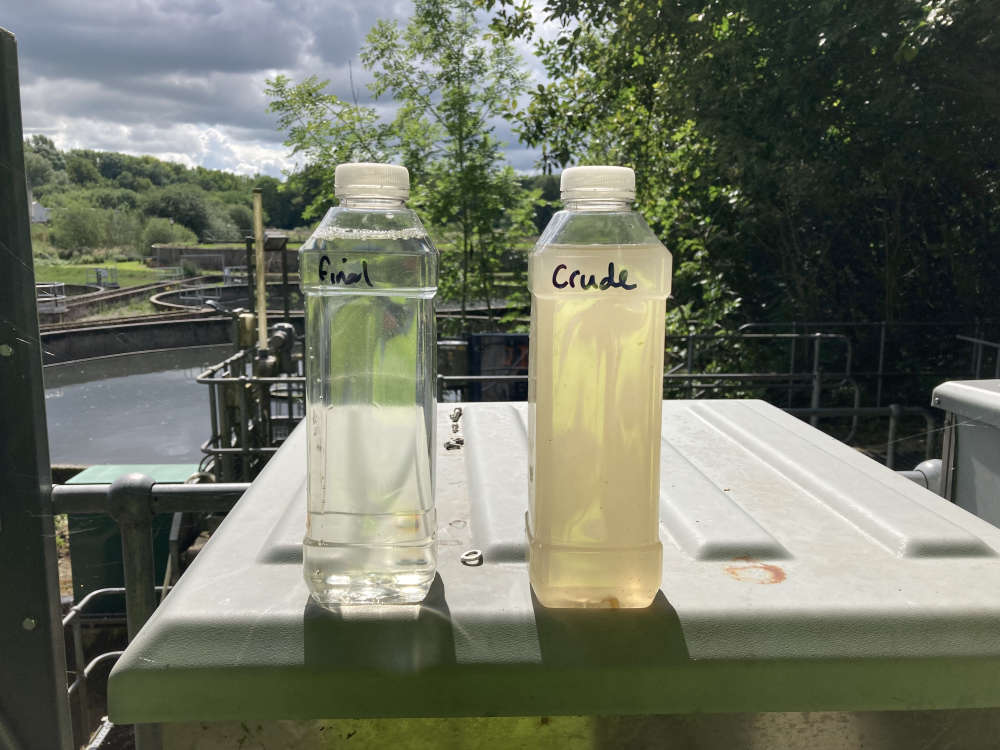
The final treated wastewater compared to the raw, crude sewage that entered the wastewater works in Dukinfield. Credit: LDRS


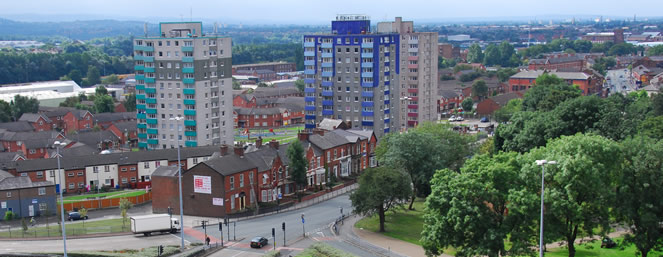 Tens of thousands more Greater Manchester homes to be at risk from flooding: Full list of every area affected
Tens of thousands more Greater Manchester homes to be at risk from flooding: Full list of every area affected
 Local talent shines in Channel 5’s lavish new period drama The Forsytes
Local talent shines in Channel 5’s lavish new period drama The Forsytes
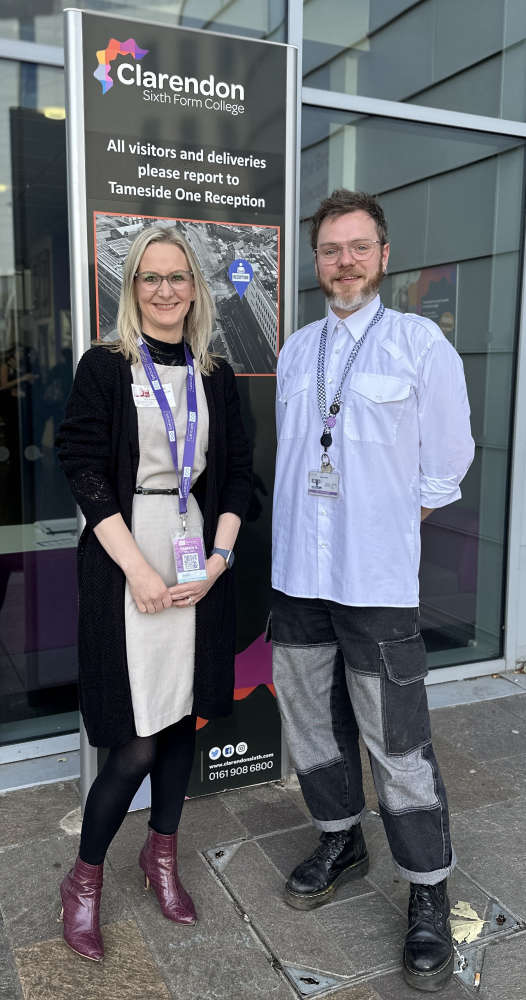 Specscart inspires designers of the future at launch of Manchester Collection competition
Specscart inspires designers of the future at launch of Manchester Collection competition
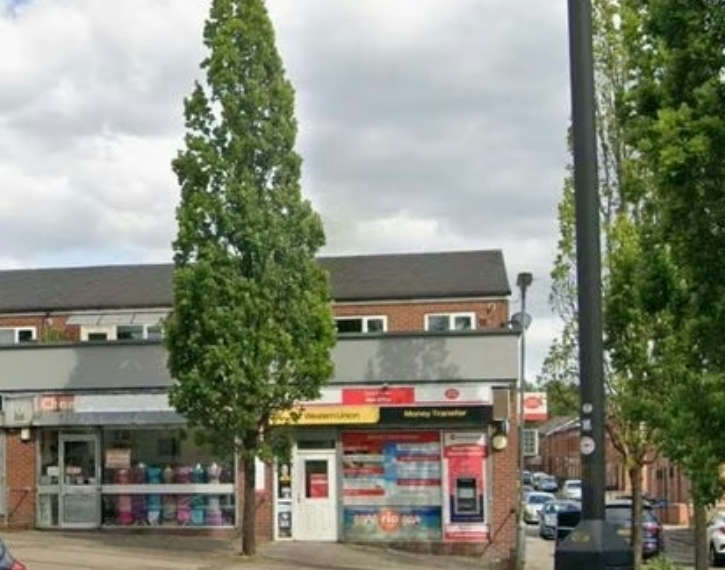 Armed robbery at Post Office leaves man injured as offender arrested
Armed robbery at Post Office leaves man injured as offender arrested

